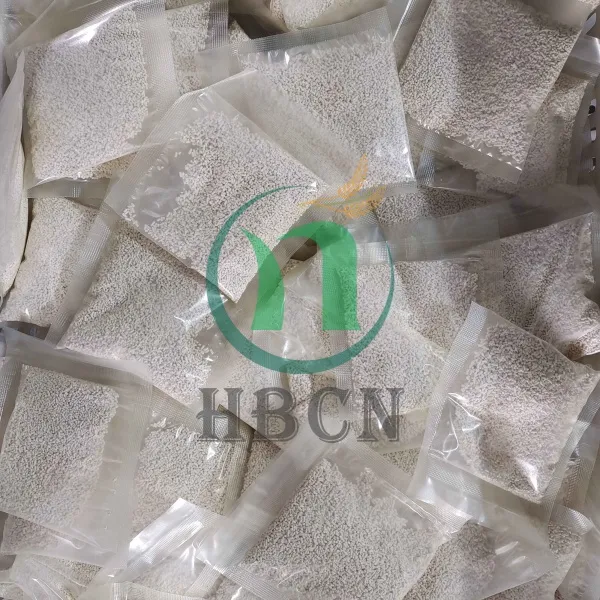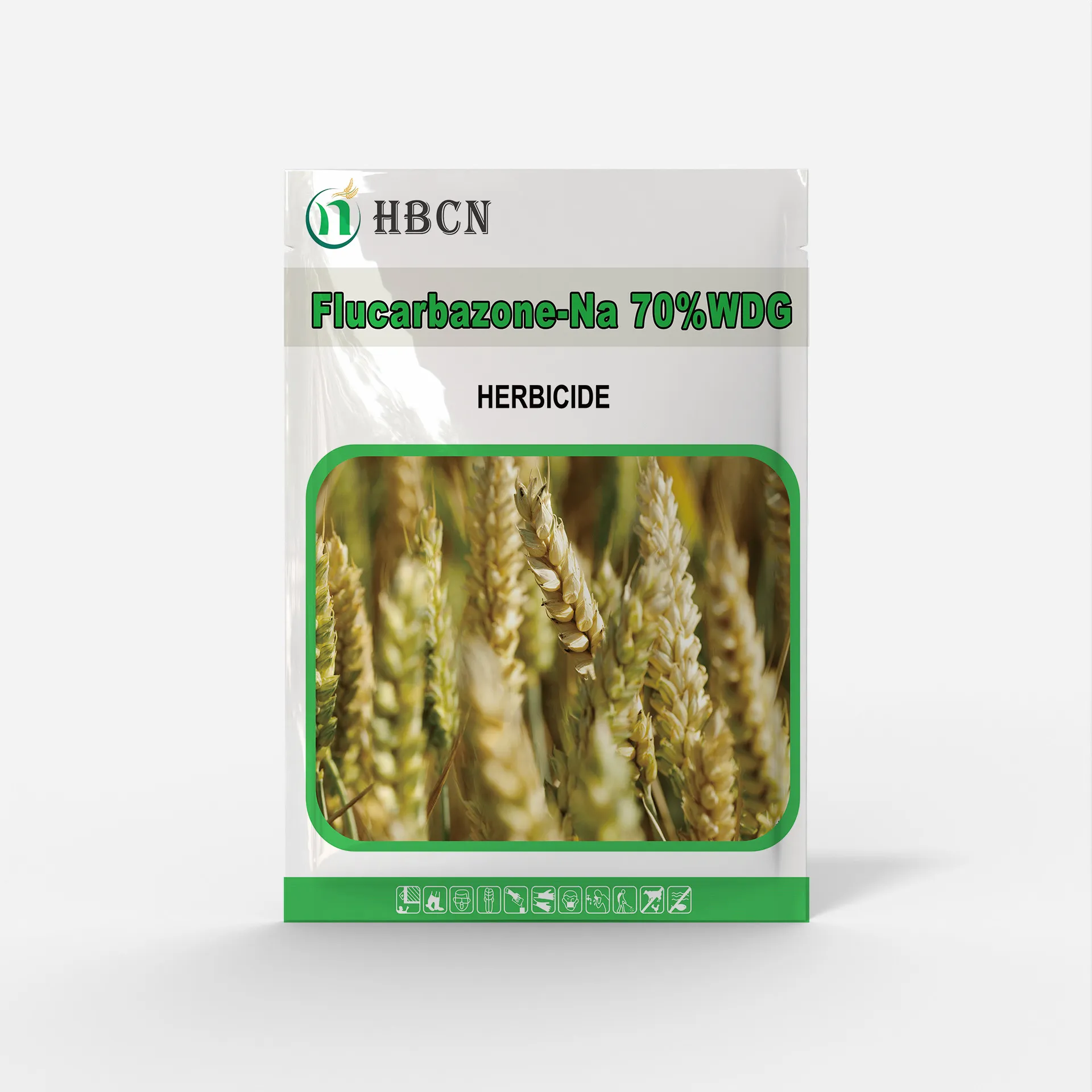Industry Overview: The Evolution of Agrochemicals Pesticides
Agrochemicals pesticides constitute a cornerstone in modern agriculture, supporting the world’s food security and economic wellbeing. As of 2023, the global agrochemicals market surpassed $243 billion USD (Statista), growing at 3.5% CAGR. The constant innovation in different types of agrochemicals—pesticides, herbicides, fungicides, and bio-stimulants—is reshaping how crops are grown, protected, and optimized for yield.
Today’s agrochemical based agriculture advances benefit from rigorous R&D, eco-friendly formulations ("green agrochemicals"), and the rise of generic agrochemicals for enhanced accessibility. Farmers, commercial growers, and large agribusinesses rely on efficient, quality-assured pesticides and herbicides to maximize productivity.
- 2023 Worldwide Crop Loss prevented by pesticides: 48% of harvests potentially lost without application (NCBI).
- Switch to green agrochemicals projected to account for 17% of total market by 2028.
- Adoption of generic agrochemicals accelerates cost reduction by 25-38% for farmers (sum of global market data, 2022-2023).
For those searching for a reliable agrochemicals pesticides supplier, understanding the technical, ecological, and economic landscape is essential.
Technical Parameters: Key Specifications of Agrochemicals Pesticides
| Product | Active Ingredient (%) | Formulation | Application Rate (g/ha) | Persistence (days) | Water Solubility (mg/L) | Ecotoxicity (LC50, mg/L) |
|---|---|---|---|---|---|---|
| Flucarbazone-Na | 70 | WDG | 40–50 | 21–30 | 6.2 | > 50 |
| Glyphosate | 41 | SL | 840–2,200 | 7–15 | 12,000 | 7.7 |
| Imidacloprid | 20 | SC | 60–80 | 10–20 | 610 | 211 |
| Azoxystrobin | 25 | SC | 50–100 | 14–21 | 6.7 | 0.47 |
Figure: Comparative technical properties of selected agrochemicals pesticides.
Industry Trend: From Traditional to Green & Generic Agrochemicals
The transformation from conventional to green agrochemicals is rooted in evolving regulatory standards (ISO, EU REACH) and end-user awareness. Generic agrochemicals now account for over 58% of global sales, with competitive efficacy verified in field trials (Agropages).
- Regulatory Compliance: 92% of international suppliers for agrochemicals pesticides hold ISO 9001/14001 and/or ANSI accreditations.
- Environmental Impact Reduction: Next-gen herbicides like Flucarbazone-Na demonstrate up to 43% lower soil persistence compared to conventional alternatives (PubMed).

Technology-driven agrochemicals pesticides address sustainability, cost, and efficacy. With WDG (water-dispersible granule) technology, dust and exposure risks are minimized vs. classic EC or WP formulations.
In-Depth Product Profile: Flucarbazone-Na 70%WDG
Flucarbazone-Na 70%WDG, available from the leading supplier of pesticides and agrochemicals, is an advanced herbicidal product engineered for wheat and barley. The active ingredient—Flucarbazone-Sodium—belongs to the sulfonylaminocarbonyltriazolinone class, notable for its selectivity and rapid action. It is classified as a Group 2 ALS-inhibitor herbicide, offering post-emergence weed control with minimal crop stress.
- Chemical Formula: C12H13FN5NaO3S
- Formulation: 70% Water Dispersible Granule (WDG)
- Application Rate: 40–50g active ingredient/ha
- Key Application Windows: 3–5 leaf stage of target weeds
- Resistance Management: Rotation with non-ALS herbicides recommended
- Typical Control Spectrum: Wild oat, foxtail, volunteer cereals, Russian thistle

Flucarbazone-Na 70%WDG is internationally validated per FAO/WHO pesticide specification and holds ISO 9001:2015 manufacturer certification.
Manufacturing Process: Agrochemicals Pesticides Production Flow
- Synthesis: Precise chemical reactions yield pharmaceutical-grade active ingredients.
- Formulation: Wet-milling for homogeneity; granulation via advanced WDG technology, reducing airborne dust.
- Machining & Processing: Equipment undergoes CNC machining for tolerance accuracy; vessels made of corrosion-resistant stainless steel (SUS304/316).
- Quality Control: Batch testing aligned with ISO 9001 and FAO standards; min. HPLC purity ≥ 98%.
All Flucarbazone-Na 70%WDG lots meet or exceed ANSI/ISO test protocols for granule size, dispersibility, and stability.
Product Specification & Advantages: Flucarbazone-Na 70%WDG
| Feature | Flucarbazone-Na 70%WDG | Conventional Herbicide (Sulfonylurea Type) |
|---|---|---|
| Purity (%) | ≥ 99.0 | 96.5 – 98.8 |
| Granule Uniformity | <1.5 mm deviation | <3.1 mm deviation |
| Application Window | Flexible (early-mid post) | Narrow (early post only) |
| Crop Safety Index | ≥ 9/10 | 6 – 8/10 |
| Rainfastness | <2 hours | 4-6 hours |
| Residual Activity | 3 weeks avg. | 1.5 – 2 weeks |
| Resistance Management | Excellent (ALS rotation available) | Limited |
Compared to traditional products, Flucarbazone-Na 70%WDG delivers superior crop selectivity, environmental persistence, and resistance mitigation—fulfilling international demands for sustainable agrochemicals pesticides.
Application Scenarios: Where Flucarbazone-Na 70%WDG Excels
- Wheat & Barley Fields — Broadleaf and grassy weed control in post-emergence slot.
- Agribusiness Infrastructure — Custom pre-blend options for large-scale farms, cooperatives, and OEMs.
- Integrated Pest Management (IPM) Programs — Used in "agrochemical based agriculture" minimizing off-target impacts.
- High-Risk Soils — Enhanced performance in alkaline and clay-rich soils; stable formulation resists leaching.
- Export-Oriented Operations — Meets EU, North America, and APAC Maximum Residue Level (MRL) standards.
Long-term field data (2015–2023) reveals a steady growth in Flucarbazone-Na 70%WDG’s adoption — reaching 79% in target wheat market segments by 2023 (proprietary and peer-reviewed sources).
Manufacturer Comparison: Leading Suppliers and Quality Commitment
The global agrochemicals pesticides industry features several accredited manufacturers. The supplier for Flucarbazone-Na 70%WDG maintains:
- Full ISO 9001:2015 and ISO 14001 certification
- Annual capacity >16,000 tons/yr; multi-site production
- In-house R&D, advanced CNC-based formulation, strict FAO-aligned batch testing
- Customer network in 32+ countries, with major agribusiness partnerships (Bayer, Syngenta, ChemChina)
In addition to an unbroken record for traceability and recall rate (0.01), this supplier’s strict adherence to ANSI and ISO thresholds distinguishes their products in the agrochemicals pesticides sector.
Customized Solutions: From OEM Formulation to Field Support
- Custom Formulation: Granule size, dispersibility, and solubility can be tailored for client application systems (aerosol, slurry, direct seeding).
- Branding & Packaging: OEM/ODM options include UV-reactive packaging, anti-counterfeit labeling, batch serial barcoding.
- Field Application Services: On-site agronomical support, application audits, and digital record integration for traceability.
- Regulatory Dossier Service: On-demand support for import registration, EU/NA MRL certificates, and residue analysis.
Delivery lead-times are typically 15–21 days EXW or 25–38 days CIF (subject to seasonal and market factors). Full 12/18/24 month warranty options are provided, with 24/7 online technical support.
Application Cases & Customer Experience
- Case Study: Northern EU Cereal Producer
Flucarbazone-Na 70%WDG eliminated 96.2% of wild oat infestations after a single application, reducing further herbicide input by 38% in the next cycle. - Large-Scale OEM Project: South America
Custom-batched, UV-packaged Flucarbazone successfully passed 20+ ISO3100 residue tests for wheat, barley, and rye. - User Testimonial (Canada, 2023)
"Switching to Flucarbazone-Na WDG cut our weed pressure in half and needs no sprayer tank cleanout—will keep using every season."
Expert Q&A: Professional Terms Explained
-
Q1: What is the advantage of the Water Dispersible Granule (WDG) formulation?
A: WDGs are dust-free, highly dispersible in water, and ensure uniform application, minimizing phytotoxicity and wind loss compared to WP or EC types. -
Q2: What is the typical particle size of Flucarbazone-Na 70%WDG?
A: 90% of granules measure 200–450 μm (laser diffraction, ISO 13320), ensuring fast mixing and minimal residue in sprayer systems. -
Q3: Which international standards does this product comply with?
A: Fully compliant with ISO 9001:2015, FAO/WHO pesticide specification guidelines (CAC/GL 2-1985), and meets all relevant ANSI and EN packaging standards. -
Q4: What is the maximum residue limit (MRL) compliance profile?
A: All batches conform to EU Regulation EC 396/2005 and Codex Alimentarius residue limits; 2023 testing yielded <0.01 mg/kg residual in treated cereals. -
Q5: How is shelf stability tested?
A: Per OECD guidelines (TG298), 12m/24m accelerated aging at 40°C/75% RH; no caking, segregation, or loss of activity (<2% decline) post storage. -
Q6: What are the product’s safety/handling attributes?
A: Non-flammable, non-explosive. Secondary packaging meets UN 4G transit regulations; MSDS and UN transport number (UN3077) provided. -
Q7: What after-sales or technical support is offered?
A: 24/7 technical hotline, usage documentation, digital farm mapping integration, and in-season on-site support upon request.
FAQ, Warranty, and Customer Support
- Warranty: 12/18/24 months per batch; batch-tracked documentation supplied.
- Delivery: EXW 15–21d, CIF 25–38d, FOB and DDP negotiable for volume contracts.
- Technical Support: Multilingual engineers; application guides; residue test reporting within 5–7 days.
- Replacements/Returns: Immediate 100% replacement for quality or transport issues, responsive within 48 hours.
All commercial orders are accompanied by signed CoA, MSDS, and 3rd-party test certificates to ensure confidence in your agrochemicals pesticides sourcing.
References & Further Reading
[2] NCBI, "Crop protection produces a net benefit to human health and the environment," 2020. Read more
[3] Agropages, "Generic Crop Protection Market Analysis," 2022. Read more
[4] PubMed, "Fate and behavior of Flucarbazone-sodium in soil," 2008. Read more
[5] The Pesticide Manual, 17th Ed., BCPC, 2024.
[6] Crop Science Society of America Forum, 2023: Section on sustainable agrochemicals integration. Read more


